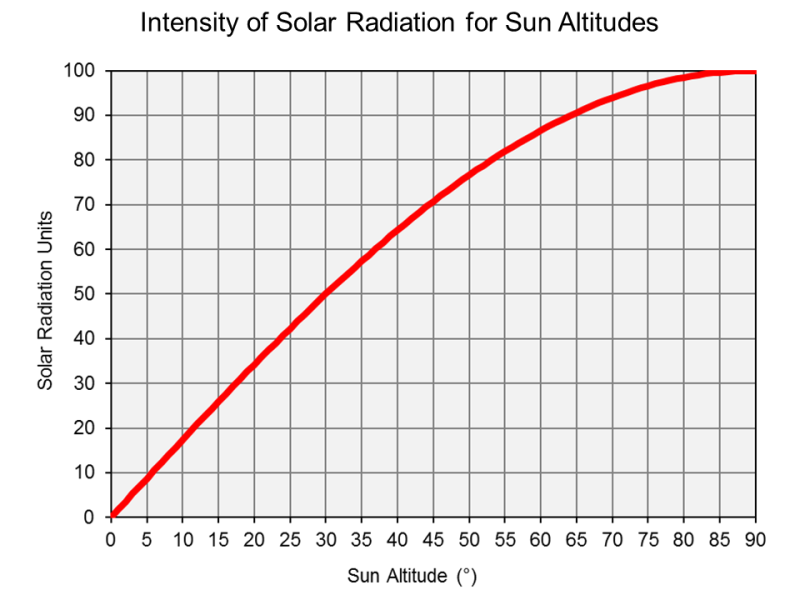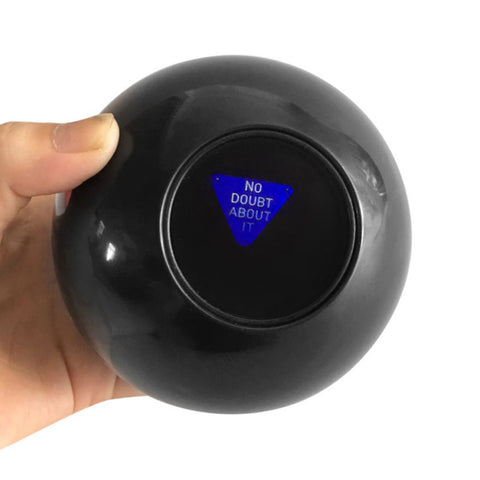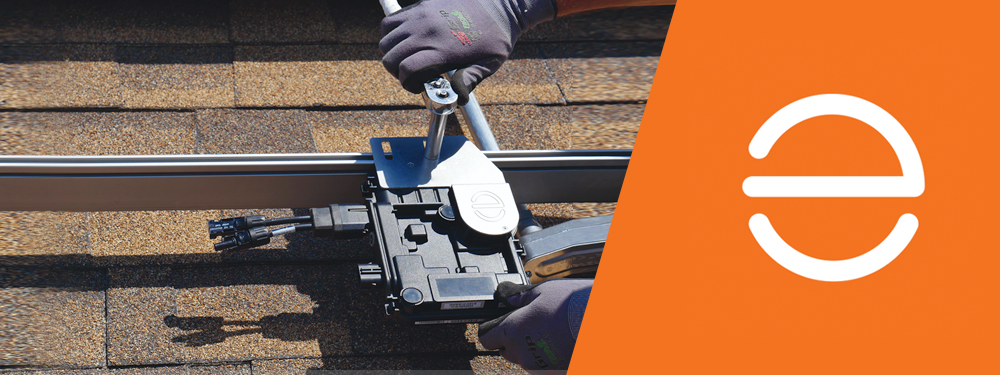I joined this website to warn all of you about the marketing hype and misrepresentation that Enphase is doing with their clipping. AND THEY KNOW IT. Your mileage may vary, but for me, buying the Enphase microinverters was a COSTLY mistake (I am fighting enPhase to get a RMA refund!). As few of you may have a reference system to actually compare the lost power of an Enphase setup vs. a modern string inverter, I hope this info is helpful. On my (large) roof I have an existing system with a brand new high efficiency string inverter, and a new Enphase array. I was therefore able to actually compare the relative power output, and the shocking power (and $$$) loss due to the Enphase system.
I live in the San Francisco Bay Area in an 150 year old house on top of a volcanic cone. 100-150 feet higher than surroundings, no trees or PV array shadowing.
South West Roof: 16 years ago I put up 16 200w Kyocera panels with a Xantrex 3.2kw string inverter. A couple of months ago (one month out of warranty but 4 months after provable failure) my 3-times replaced Xantrex string inverter died again. Replaced it with a brand new SMA 3.8 transformerless unit (single string), street price $1300.
South East Roof: 6 weeks ago I put up 16 405w Jenko panels with 16 enPhase IQ7+ microinverters. The clipping from this junk is costing $1-3k per year, and I am fighting with Enphase to get a credit when I rip them out. ... They clip multiple kilowatts on multiple days, even the hot ones we have had here in the San Francisco bay area (and the panels still have a layer of soot on them!!!). I calculated (conservatively, allowing for utility's time of use pricing) that I am losing $1-3k per year. BUYING THE ENPHASE'S WAS A MISTAKE given my 405w configuration. The power loss would pay for a 10-year warranty SMA in less than every two years!!!!
The Enphase array points south east the SMA array catches south east sun, the SMA catches south west sun. No trees, now shadowing; get breezes pretty continuously off the bay, arrays are 100-200' above any houses between them and the SF Bay. So ... the SMA is a 1.3% more efficient than the Enphase, the power peaks (per SMA/enLighten graphs) 1:45 later on the SMA. This allows me to compare the clipping of the Enphase vs. the curve of the SMA (not actual power, but the curve shapes!). FYI, it looks like the Kyocera's may have degraded 5-7%, but the margin of error is great enough that I cannot get closer than that.
Results: with these 405w panels, even with the fire weather, red sky, haze, etc. I see clipping on the Enphase of 1.5-3 hours/day for 24 days out of the past 40. Using the ration between the SMA & the Enphase power out (when there is a bit of fog/overcast and no clipping) suggests the Enphase clips about 1-3kw PER DAY (1kw @ 1.5 hrs clipping, 3kw @ 3 hrs clipping), and has done so 20 days out of the past 40. Note the clipping even occurred at 95 degrees ambient temp (did not check the panel temps) ... therefore if you get a lot of sun, especially with breezes to cool the panels, do NOT exceed the clip output by more than 10% (for 25 year life) plus maybe 20%. Remember that you have to pay $500 for the Enphase monitor, then $120-140 per IQ7+. And don't pay much attention to the BS about wire sizing. The Enphase's are expensive compared to "street price" of SMA's. I believe the Enphase inverters are generally a very expensive marketing gimmick all built around the "oversizing" marketing FUD. Yes oversizing makes sense, but claiming support for a 440w panel but clipping to 290w (IQ7+) is darned near fraud.
FYI, you don't care about the number of cells (60, 72, 144 1/2 cells, etc.), you only care that the VoC (Voltage Open Circuit) is not exceeded, unless you live somewhere that you get really bright midwinter sunny days (voltage increases as the temp drops for a given sun energy). Watch out for the "500w dual sided" panels though. They are tricky








